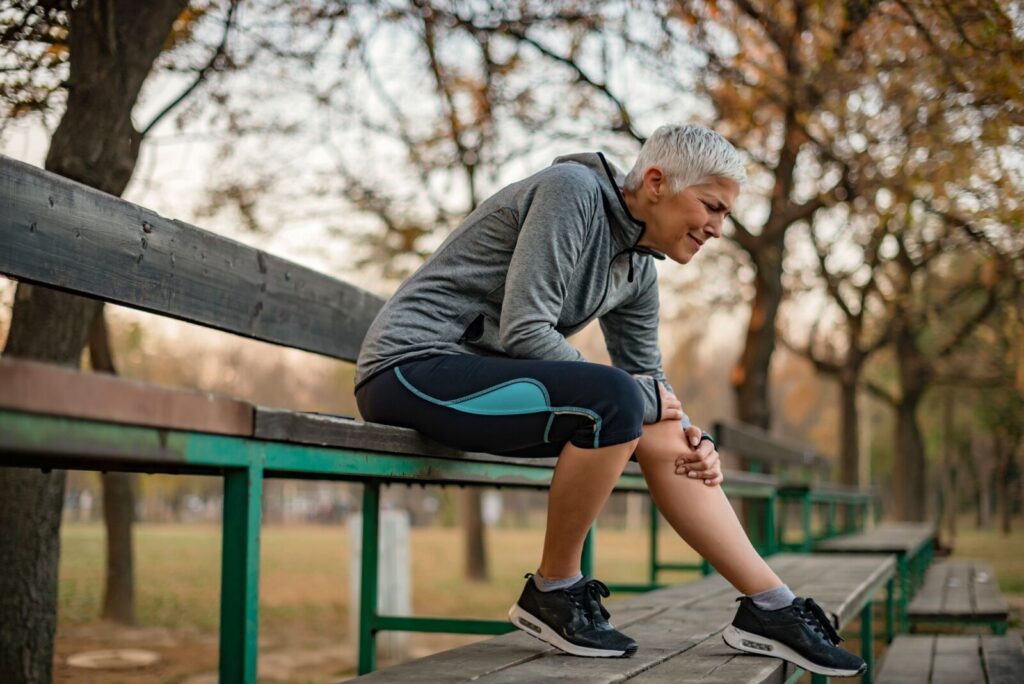In this post we discuss what the exercise sweet spot is for knee Osteoarthritis and why it’s important to find yours.

Have you met this type of person before?
They exercise 7 days a week, get injured, put on weight, then repeat the cycle again.
More common, especially in January, is the person who’s done no exercise for years and then suddenly decides to train like an Olympic athlete. This usually ends in tears some time around March.
What these people have in common is they progress their activity levels too quickly for their body’s ability to adapt.
So why am I telling you this?
Because the same principles apply to you.
Broadly speaking I meet two types of people with knee Osteoarthritis (OA); those who’ve exercised all their lives and played a fair amount of sport when they were younger. And those who’ve never exercised but have been told exercise might help their situation.
Rarely is it something in the middle. This is telling in itself.
What they both now have in common is a desire to feel better. Something I’m sure you share.
Studies show that exercise is an important part of helping you feel better and that movement can both reduce pain in the long term and improve function.
But where do you start?
How to exercise when your knee hurts
Think of your situation like this; you have a coach (your central nervous system) giving you very clear instructions (pain) about what it thinks you can and can’t currently do.
Ignoring this feedback typically leads to the type of boom and bust cycles of exercise that I mentioned at the start of this post.
That said, your coach is also a bit of a worrier. They have been negatively influenced by some of the things you’ve heard or read about knee OA.
From the Doctor telling you that you may need a joint replacement in the future. To your friend with knee OA who appears to be in agony every time you meet up with them.
Your job is to find a sweet spot for activity that appears to be OK with your coach in the present moment and doesn’t lead to a dramatic increase in your symptoms over the following 24 hours or so.
How to find your exercise sweet spot for knee Osteoarthritis
Ultimately this is down to trial and error.
Think about what you can do now without issues and increase it by the smallest amount possible.
If there isn’t a significant increase in your symptoms over the next day or so, then try to do a little bit more the next time.
The important thing to have in mind is that as long as you apply common sense, you won’t damage your knee. Even if your symptoms temporarily increase.
Remember your knee requires movement to stay healthy. Being inactive is actually much more dangerous for the long term health of the joint.
What if any movement hurts your knee?
Finding a starting point can be difficult if you find everyday activities like walking painful.
In these situations my bias is to focus on strengthening the muscles around the knee, hips and ankles. To do this I use careful resistance training.
More information on this approach can be found in this post.
Summary
Exercise can reduce pain and improve function in almost every case of knee Osteoarthritis.
The key is to find a starting point which doesn’t make your symptoms worse. This is your exercise sweet spot.
From there aim to gradually increase your activity levels whilst monitoring for any significant change in your symptoms.
Over time this will have a positive impact on both your knee pain and its function.